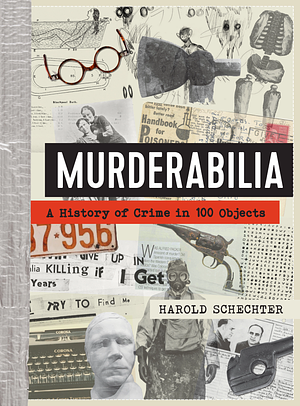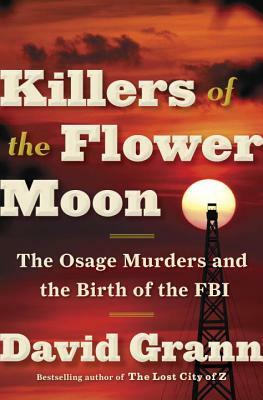
Book number 15 for 2024; 5/5 stars.
The general public’s fascination with true crime is not a recent phenomenon, even though it seems to have gained great popularity in the last decade or so. In Murderabilia, Harold Schechter gives a chronological encapsulation of 100 crimes that are associated with some sort of memorabilia from the crime or crime scene.
Long before police learned to isolate crime scenes with that magic yellow tape that somehow keeps people from crossing a line, people flocked to crime scenes by the thousands, trampling evidence, and taking it home with them. The first photo in this book is of the scene of Belle Gunness’s “murder farm,” where “thousands of curiosity-seekers flocked to her burned-down home to gawk at the cellar where her charred corpse and those of her children were found.” In one case, when a criminal was hanged, the noose was cut up and sold for “a guinea per inch.”
The crimes in this book begin in 1808 with the murder of “Omie Wise” and go, in chronological order, all the way to 2014 and the “Slender Man Stabbing.” Many of these crimes I have heard of. Some are well-known by just about anyone; Bonnie and Clyde (featuring the car in which they were killed), H.H. Holmes (featuring a shovel used to bury two of his victims), The Zodiac Killer (featuring the infamous coded note), and of course, Ted Bundy (featuring his modified VW Bug). There are many I have not heard of, and some I know of because of true crime podcasts that I have listened to in recent years. I was pleased to see that he even included the murder of Kitty Genovese, in NYC in 1964, which was the inspiration of Harlan Ellison’s short story, “The Whimper of Whipped Dogs.” That crime also resulted in our 911 emergency calling system.
There are 100 short chapters (none more than three pages), each one featuring a piece of memorabilia associated with the crime. The book is very well-written and fascinating to read. I mean, if you’re into that sort of thing. It does get rather graphic, at times, and I will say that, while there have been perverse people all throughout history, the crimes tend to get more violent and perverse the further forward in time we go. That certainly makes one wonder about the state of humanity in general.
If you’re into true crime, this is a very accessible read on the subject.
TTFN, y’all!


